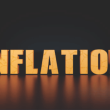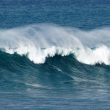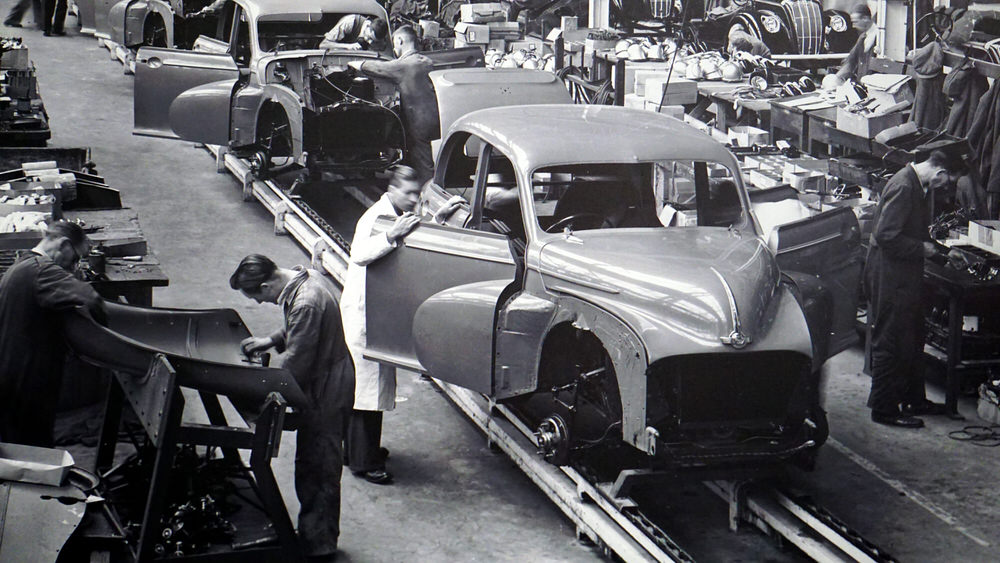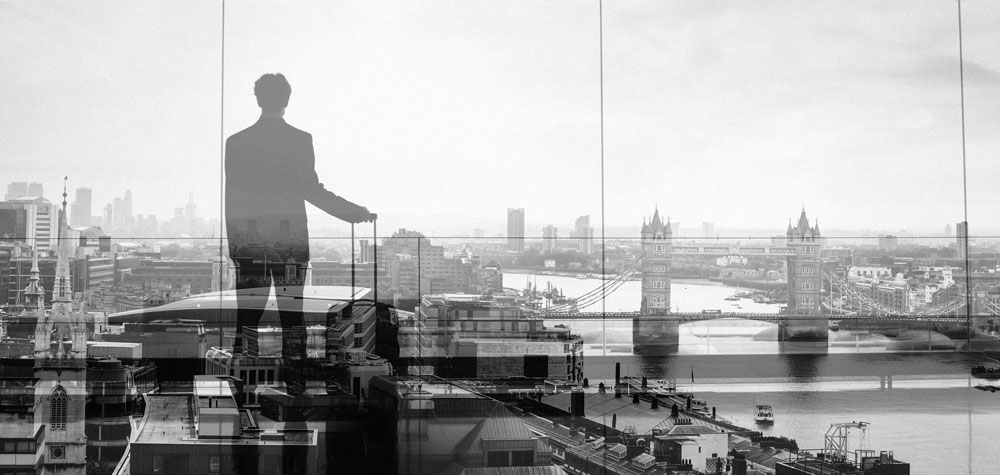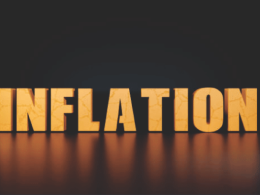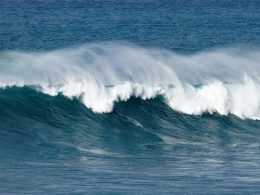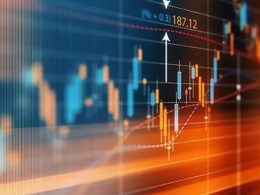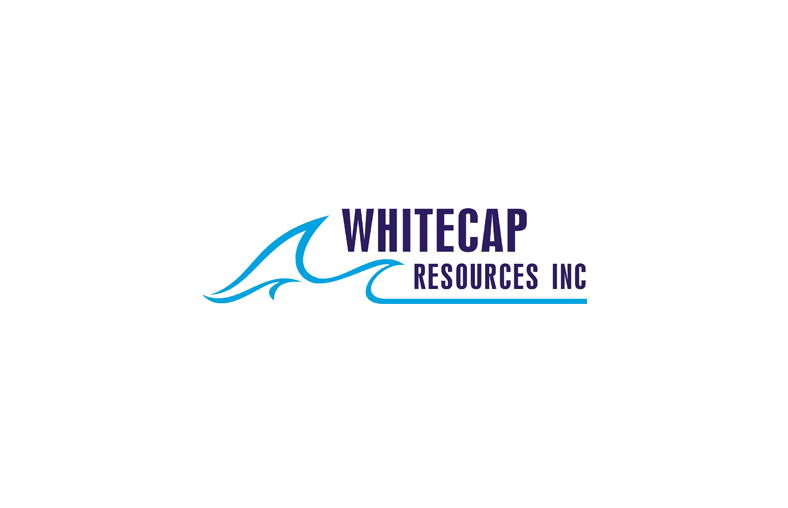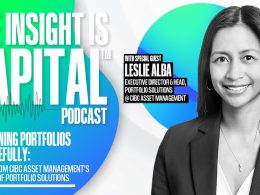by Mawer Investment Management, via The Art of Boring Blog
At Mawer, we spend a great deal of time asking and answering the question, “So what?” A company’s share price is down 6%…so what? A central bank moved interest rates up…so what? Google re-named itself Alphabet…so what?
It is not always an easy question to answer and often leads us to ask even more questions in an effort to develop key investment insights. “So what?” is one of the questions that can lead us to investment action (or inaction) in our process of building well-diversified, resilient portfolios. In the spirit of so what, I interviewed David Ragan, our International Equity Portfolio Manager, to learn more about why the Mawer Research team travels abroad.
CW: David, you recently returned from a trip to the UK and Ireland. Was there anything specific you were looking for?
DR: Yes. The primary reason for going was to turn over new stones. The valuations in the portfolio remain as high as I’ve seen them if you look at the Price/Earnings (P/E). Because of that, we need to look at more companies and try to find opportunities that are cheaper.
CW: So the valuation of the portfolio is driving a need to find more ideas.
DR: Our goal is continued strong performance for our clients. We try to constantly improve the portfolio on two main metrics: the quality of the businesses we’re invested and the valuation of their shares. Discovering new ideas that improve the portfolio on one of these two metrics is our aim. That’s why I was in the UK and Ireland, that’s why Jorg [international equity analyst] was in Germany, Finland and Eastern Europe, that’s why Ong [international equity analyst] was in Japan and China.
CW: That’s pretty good coverage for three people. What did you find?
DR: We all came back excited about two or three new opportunities that fit both our business model and valuation criteria. As a result, I would expect these trips to pay off. I would say finding that many potential new opportunities is a successful effort.
CW: What do you do to prepare for these trips?
DR: We really try to narrow in on business models that we think are attractive. For each market I travel to, I will spend 5 to 10 minutes on every company in the entire market that has sufficient free-float (liquidity) to get a sense of their place in that economic landscape. Is this likely a high quality company? Is valuation likely to be attractive? I’ll then look at the business model and financials. Is this a typically good business model,or bad? And do the financials support this? There are several steps after that before we get to a list of companies we want to sit down with face-to-face. Mix in a few of our existing holdings to get facility tours or additional meetings with management and it turns into a busy schedule.
CW: Beyond the primary objective of turning over new stones, were there any other insights from these trips?
DR: While meeting companies is a big part of why we travel, understanding the country is also a significant benefit. One good example is Jorg’s time in Poland. We hadn’t been there in a few years and Jorg had never been. His main takeaways were a better understanding of the culture, what drives the economy, and how the locals shop. These add up to a cultural understanding of how a business fits in its competitive environment. This is an immersive and comprehensive perspective you just don’t get by reading a report.
CW: What about some of our current holdings—did these trips provide additional insights?
DR: Absolutely. I spent an entire day with one of our ingredients companies—Kerry Group. They just opened their Global Technology & Innovation Centre in Naas, Ireland. This is where a major global consumer foods or fast food customer would go, and within a couple of weeks be able to develop new products, and even understand how the customer will manufacture the new product. Kerry has nine different mini-factories in the facility I visited. The insights came from how Kerry works with its customers. Not only do they consult with clients on developing new ideas, they also work with clients to specify the right technologies, ingredients, and production techniques to deliver new menu items that meet quality, taste, delivery, and profitability standards. I walked away with a deeper understanding of how thorough their client service process is. I used to think the development centre was an R&D facility for fast-food companies and consumer foods companies. Now I understand it provides consulting for marketing, food R&D, and production R&D. It emphasized to me how much deeper Kerry’s client relationships are as a result.
CW: That’s a good example of how getting our feet on the ground leads to better understanding, even among companies we know.
DR: Right. In this instance, we’ve held Kerry Group for over 12 years—longer than I’ve been at Mawer. Yet the trip offered new insight because it afforded the opportunity to see the client delivery model in action. It also afforded the opportunity to speak to people outside of management to gauge how clear the company goals are and assess if everyone is on the same page. That is more powerful than relying on senior management’s belief that their message from the top is being heard.
CW: How does the global research team capture and incorporate the insights gained from these trips?
DR: We take the information into account in our rating of the business’s quality. In Kerry’s case, the quality might improve because I have a much deeper understanding of how closely Kerry works with its customers. Ultimately, I think they are well positioned to have a high degree of trust from their clients as a result of their product development and implementation approach. So quality goes higher. In addition, that information translates to the valuation model because we have a higher degree of confidence in Kerry’s ability to earn high returns on capital over the long-term because of the stickiness of its client base. So fresh insight as a result of a research trip leads to changes in quality and valuation. It can work both ways. In this case, a more constructive view of a current holding. In another case, we may mark a company down based on our findings.
CW: Help me understand how a small team can cover such a wide universe and manage to fit in travel?
DR: We don’t have to simultaneously look at every company in our universe—that’s unreasonable, even for large research teams. We have two areas of focus:
1) understanding our portfolio holdings and the investments’ quality and valuation characteristics, and
2) pursuing new ideas that are better than those we already hold.
With the ever-growing list of companies we have previously visited or identified as high-quality, we have an ever-increasing list of pre-screened ideas that, if valuation checks out, are high-potential options in the event we need a new idea for the portfolio.
| David | Jorg | Ong | Total | |
| Location | UK, Ireland | Germany, Poland, Finland | Japan, China | 7 countries |
| Business models reviewed | 398 | 1,187 | 299 | 1,884 |
| Management interviews | 26 | 41 | 45 | 112 |
| New ideas in inventory | 3 | 3 | 2 | 8 |
| Idea/interview percentage | 12% | 7% | 4% | 7% |
CW: The so what I’m getting is that we travel abroad as part of our research process to ensure that we have the highest quality businesses in the portfolio, and to grow our inventory of ideas and high quality names, which at the right price, we would pursue.
DR: That’s it. In action, it looks a bit like this…if you gave me a random list of stocks, I would venture to guess that 1 in 100 would work out. However, if you look at our experience with our focused, high-quality list, I would put the hit rate at 1-in-5 or even 1-in-3 if we see the valuation of these ideas have become reasonable. So, in terms of time allocation, it’s fantastic. The list is growing every day, especially when we do these trips. That list ultimately helps us in our drive to constantly improve the portfolio’s quality and the margin of safety provided by the holdings’ valuations. Travel gets us fresh insights we apply every day to the process.
This post was originally published at Mawer Investment Management

